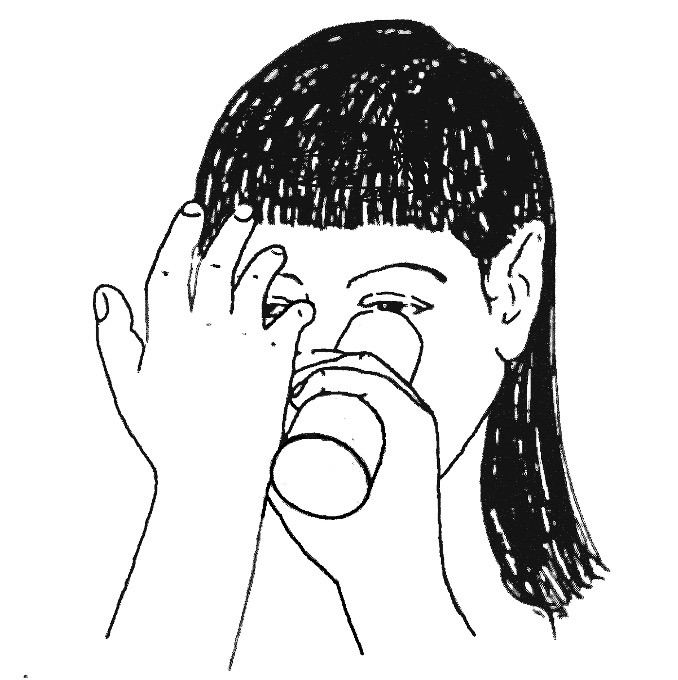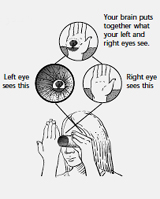November 6, 2020
Author: Stephanie Stewart Bailey, Museum Specialist, Truhlsen - Marmor Museum of the Eye®
Our eyes are just the beginning of our complex visual system. The brain plays an important role in what we see, but it can sometimes be tricked into seeing things that aren’t there.
On Oct. 22, the Museum of the Eye® presented Can You Believe Your Eyes? at this year’s virtual Bay Area Science Festival. The free, family-friendly program included a conversation with Smith-Kettlewell Eye Research Institute Senior Scientist Preeti Verghese, PhD, about the brain’s connection with the eyes and a couple of educational experiments that viewers can easily do at home.
Preeti Verghese runs her own lab at Smith-Kettlewell. For 24 years, she has studied human vision both in health and disease. She researches and studies adaptations that individuals with poor vision can make so that they may take advantage of their residual vision. Preeti helped us better understand the eye-brain connection through several optical illusion experiments.
One experiment that we explored is called Hole in Your Hand. You can read the instructions on our website. Alternatively, check out the experiment live from the program and try it along with us.

Scientists have studied optical illusions and they still don’t completely understand or agree about how they work. However, many scientists believe that some optical illusions are caused when the information taken in by our eyes conflicts with how our brain interprets that information.
Each of our eyes see a different image. It’s the brain’s job is to combine those two separate images into one. In the Hole in Your Hand experiment, we provide the brain with an unnatural situation where one eye sees only a limited view through the tube, while the other sees what it would normally. The only way that the brain can interpret these two segregated images coming in from the two separate eyes is to combine them. This leaves the viewer seeing a hole in their hand! Another curious aspect of this experiment is that, for a lot of people, the affect is stronger with one eye compared to the other. Often, one eye is more dominant than the other, which means that your brain has a slight preference for the information coming in through one eye.

Watch the remainder of the program to view more eye-brain and optical illusion experiments. You can learn even more at home with our hands-on experiments under the Explore tab on our website. Select Research and Resources.